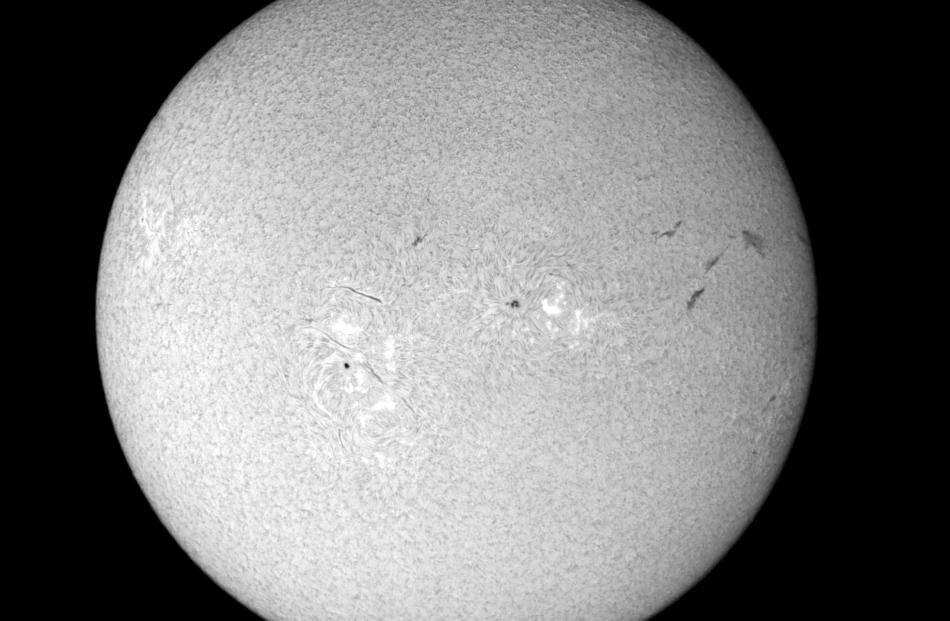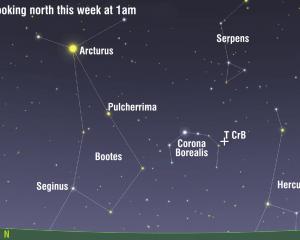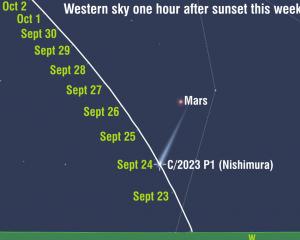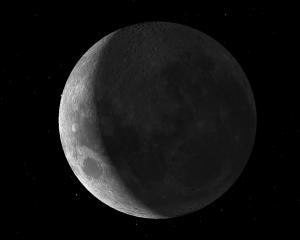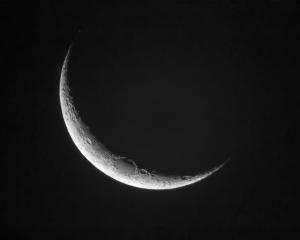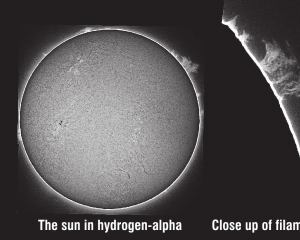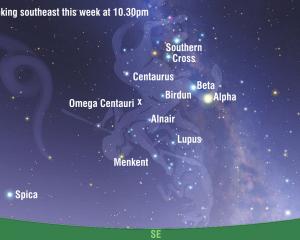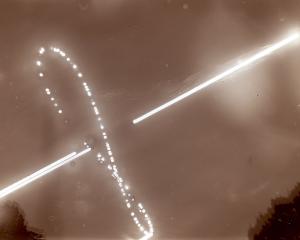After a long run of cloudy weather at my end of Otago Peninsula over the past few weeks, I have started to suffer from acute astronomical withdrawal syndrome.
That's why the bright, clear, sunny sky that greeted me when I opened my bedroom curtains last Saturday morning made me yell with delight and rush to the garden to set up my solar telescope.
Of course, I must remind you that you must never look directly at the sun with most binoculars or telescopes; indeed, looking at the sun even without a telescope or binoculars risks damaging your sight and should be avoided at all costs. That being said, it is possible to study the sun using telescopes that have special filters which allow safe solar viewing.
In my case, the solar telescope I use is a small refracting telescope which has a filter that allows only a very narrow band of light centred around a specific deep-red-visible spectral line with a wavelength of 656.28 nanometers.
This line, called hydrogen alpha is emitted when a hydrogen electron falls from its third-lowest to second-lowest energy level. H-alpha light is important to astronomers as it can be used to observe features in the sun's atmosphere.
Studying the sun using a telescope with an H-alpha filter is addictive. Because the sun is so close, even a small solar telescope reveals exquisite ever-changing details around active regions (better known as sunspots or cool areas on the solar surface).
As the accompanying pictures show, last weekend there were a number of active regions on the sun. Close-up pictures showed phenomenal complexity on the sun's surface (called its photosphere).
The pictures also show cell-like features called granules. These are caused by convection currents of plasma within the sun's convective zone. The grainy appearance of the solar photosphere is produced by the tops of these convective cells and is called granulation.
If you get a chance to view the sun through a solar telescope, do jump at it. Who knows, you may even become a sun junkie like me!
-By Ian Griffin


